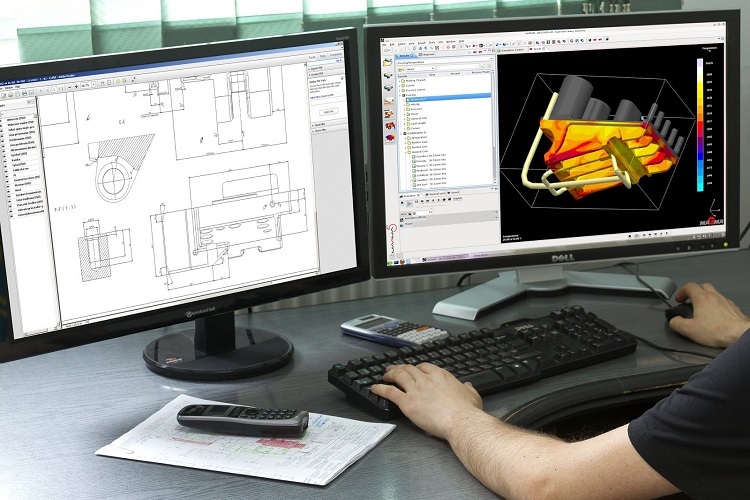You might not realize it but today we are surrounded by animation. Animation is not what it used to be, just on film, now you can see it on your smartphone, in television commercials, on video games, and of course at the movies. Everyday we are bombarded with different animations and we do not even know it. And yet, all of animated media makes it seem so easy, but it is not. Animation looks wonderful when performed correctly but even the untrained eye can determine a poorly done animation. Learning animation can be extremely difficult and takes years and years to master. Like all great art it takes about 10,00 hours to become a master. But, do not let that discourage you, if you like the art of animation go for it! Do not let anyone tell you otherwise. So, to help you on your animation journey here area few tips for beginning animators.
Tip number 1, get the right books.
Surround yourself with books, but not just any books, you need the right animation books. Fortunately legendary animators have spent the time to create books that are full of gorgeous images and wonderful examples. Check out this list of the ten best animation books. The ten best animation books list goes through the top ten animation books that every young animator should own. This list gives you ten books ranging from fundamentals and drawing to story telling. Each book has tons of lessons that every animator should learn.
Tip number 2, watch animation, a lot of it.
Now that you have the right books, it is time to study animation by watching it. No, this is not an excuse to watch tons of films just for your enjoyment. I am not saying sit back and watch tons of sunday morning cartoons. You need to be studying films and animation. Take your favorite piece of animation and play it on your computer. Play it using software where you can pause it and go through the shot frame by frame. Watch a 30 second clip going frame by frame. Pay attention to the drawings, motions, and arcs that you see on screen. You will be amazed at how much work is placed in one drawing or frame.
Tip number 3, learn to draw even if it is stick figures.
You should learn to draw, even if is just rough stick figures. While most animation is done in 3d, it is still important to know how to draw basic shapes. You can be a wonderful 3d animator and not have much drawing skills, but it does help! Why? it is a lot easier to plan and discuss a shot in thumbnail sketches. What might take 15 seconds with a pencil, can take a minute to pose out in a 3d animation software. So learn to draw and express yourself on paper, you do not need to be amazing! If you need a good place to start for drawing checkout, “Simplified Drawing for Planning Animation” by Wayne Gilbert.
Tip number 4, practice, practice practice.
All of the theory in the world will help but it cannot make you animate. So practice, by animating. Do it over and over and over. I would suggest starting small, by doing the classic bouncing ball test, then continue. Do the bouncing ball ten or fifteen times, perfect the bouncing ball. Then move on to a walk cycle. Do a vanilla walk ten or fifteen times. After that , move on to a character walk cycle. The point is to start small and practice, like you would anything else! Michael Jordan was not born making baskets, it took years of practice.
Now those are a few quick tips, they will not make you a wonderful animator but it is a start. If you are serious about animation, I would suggest looking at this post about the best animation resources for learning animation. The post goes over different communities, sites, and schools you can go to learn more about animation. I hope you found this helpful and have fun animating!


















